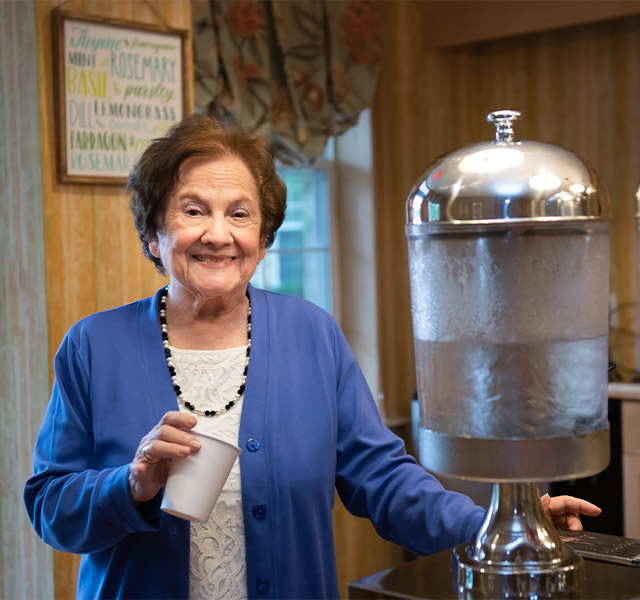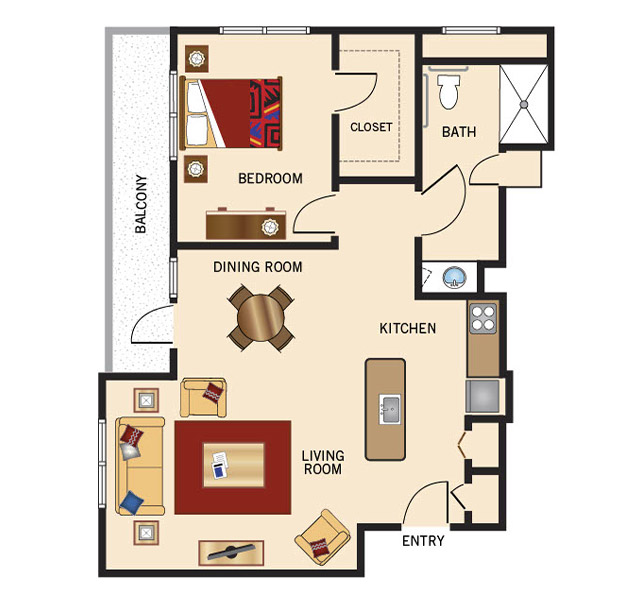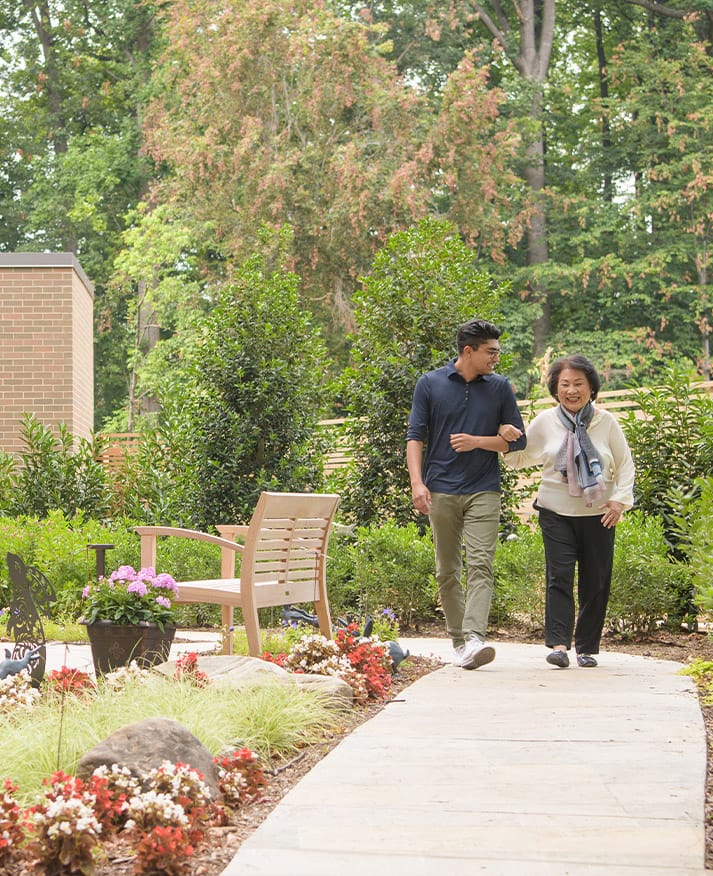Resources
Our goal is to help you craft a life you love.
The Watermark by the Bay is an unparalleled senior living community offering spacious, modern residences, each with its own charming characteristics. Explore our choices of comfortable floor plans; we are confident they will exceed your expectations. Whether you choose our Assisted Living, Memory Care, or Short-Term Stay option, you’ll experience senior living at its finest.

Testimonials
Hear what people are saying about life at The Watermark by the Bay, straight from the sources themselves.

Photos & Floor Plans
Take a look around, and see which of our living choices and residence options will suit you best.

Brochure
Discover a life in balance, infused with contentment and well-being at The Watermark by the Bay.
CONTACT US TO LEARN MORE
Living Choices
/Living-Choices-Ladies-CarouselTextMedia-790x540_1.jpg)
Assisted Living
Find the right balance of supported living here. We value your independence and desire to go enjoy life. Explore as you wish, knowing there’s a support team available 24/7 when you need them. Design the perfect active, carefree, and enriched lifestyle that keeps you thriving.
/MC-Diverse-Men-CarouselTextMedia-790x540.jpg)
Memory Care
Focus on leading the best, most-fulfilling life with 24/7 support from our registered nurses and Naya caregivers. Celebrate your life story as well as your daily accomplishments. Personalized services are available when you need them, including wellness consultations, medication management, designated cuisine, and more.

Short-Term Stays
Our Short-Term Stays are perfect if you need a place to recover after surgery or an illness, your caregiver is traveling, or you just want a change of scenery. Relieve stress and recharge here with the opportunity to make new friends, join social events, and more. Some people enjoy the change of pace so much, they schedule a Short-Term Stay into their yearly plans.





